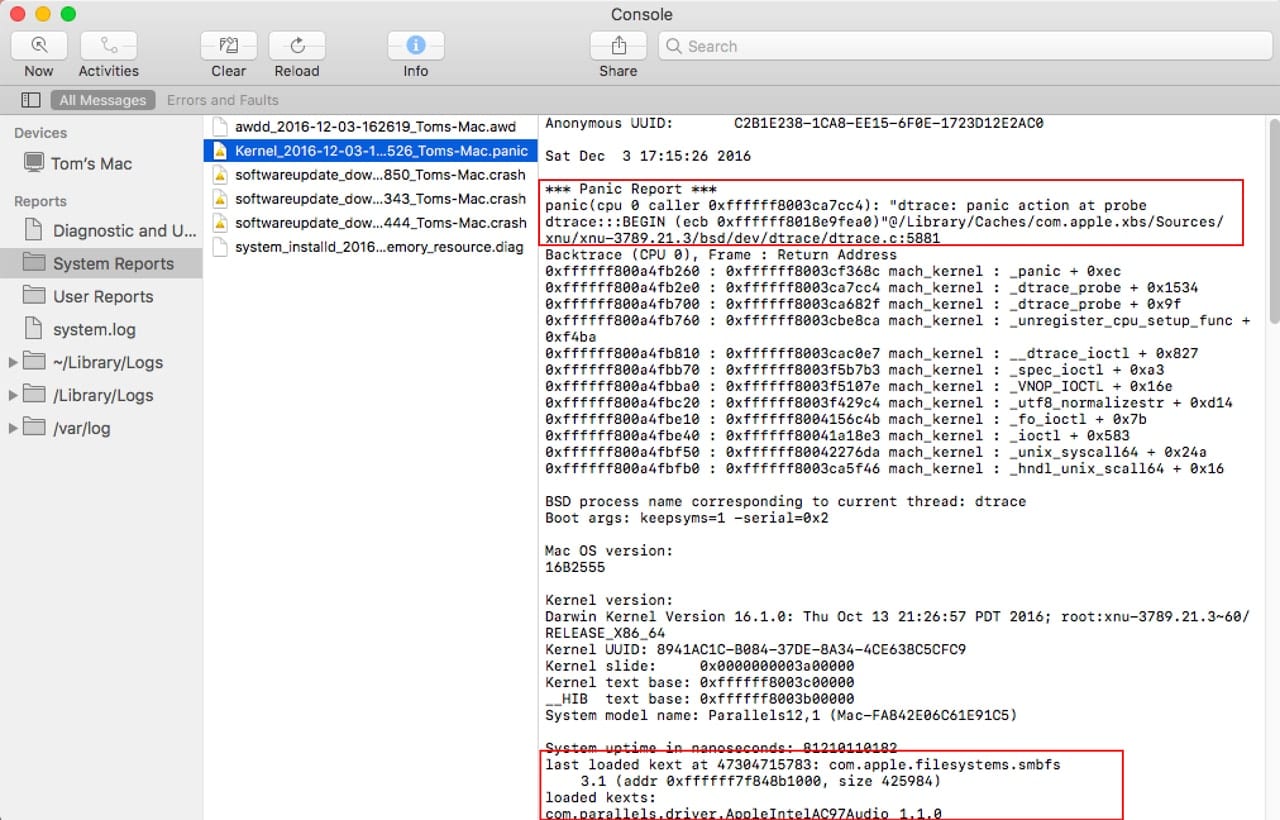Panic Hall Mac OS
Panic Hall Mac OS
As a general rule of thumb, you cannot install a version of OS X that is earlier than the version of OS X that came pre-installed on the computer. So, if you have a retail copy of Leopard, say, 10.5.1, and the Mac Pro originally shipped with 10.5.3, then you will not be able to use that Leopard install DVD to install Leopard on the Mac Pro. I just tested this over an FTP connection to a Mac OS X 10.2.2 box using Transmit (a Mac FTP client) from a MacOS 9 machine. I was ABLE to panic the kernel remotely. This has just taken a violent swing into serious, as ANY USER WITH FTP ACCESS can now drop your Mac OS X machine. Apple needs to patch this, and quickly.

Panic Hall Mac Os Download
- If you’re running OS X 10.7 Lion or earlier, kernel panics usually result in your screen dimming from top to bottom, and a message appearing in several languages telling you that you must restart.
- I'm trying to reinstall Tiger (10.4.0) on my PowerMac. I insert the (retail) DVD, restart, and hold down 'C' to boot from the disc. Shortly after the gong, the 'You must restart your computer' message appears, along with several dozen lines of kernel panic text superimposed. The kernel panic.
A kernel panic (sometimes abbreviated as KP[1]) is a safety measure taken by an operating system's kernel upon detecting an internal fatal error in which either it is unable to safely recover or continuing to run the system would have a higher risk of major data loss. The term is largely specific to Unix and Unix-like systems. For Microsoft Windows operating systems the equivalent term is 'Stop error', resulting in a bug check[2] screen that presents the bug check code on a blue background in early versions of Windows (colloquially known as a 'Blue Screen of Death' or BSoD), or on a green background on the Xbox One platform as well as in Windows 10 preview builds.[3]
Panic Hall Mac Os X
The kernel routines that handle panics, known as panic() in AT&T-derived and BSD Unix source code, are generally designed to output an error message to the console, dump an image of kernel memory to disk for post-mortem debugging, and then either wait for the system to be manually rebooted, or initiate an automatic reboot.[4] The information provided is of a highly technical nature and aims to assist a system administrator or software developer in diagnosing the problem. Kernel panics can also be caused by errors originating outside kernel space. For example, many Unix operating systems panic if the init process, which runs in user space, terminates.[5][6]
Panic Hall Mac Os Catalina
History
Panic Hall Mac OS
